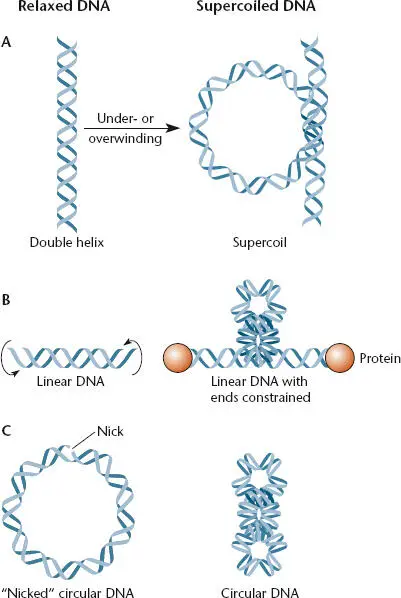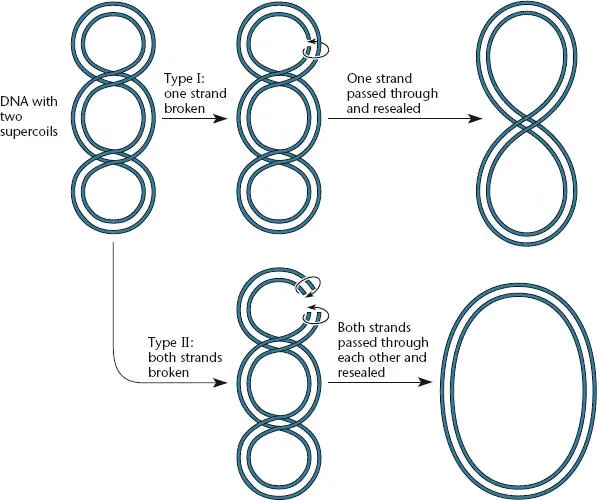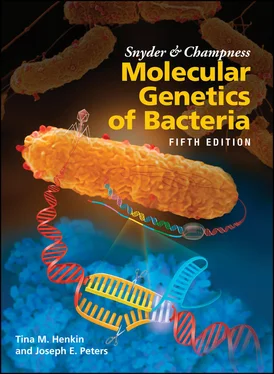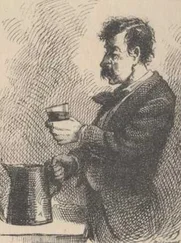
Figure 1.26 (A)Supercoiled DNA. (B)Twisting of the ends in opposite directions causes linear DNA to wrap up on itself. The supercoiling is lost if the ends of the DNA are not somehow constrained. (C)A break, or nick, in one of the two strands of a circular DNA relaxes the supercoils.
SUPERCOILING OF NATURAL DNAs
It is possible to estimate the extent of supercoiling of natural DNAs. According to the Watson-Crick structure, the two strands are wrapped around each other about once every 10.5 bp to form the double helix. Therefore, in a DNA of 2,100 bp, the two strands should be wrapped around each other about 2,100/10.5, or 200, times. In a supercoiled DNA of this size, however, the two strands are wrapped around each other either more or less than 200 times. If they are wrapped around each other more than once every 10.5 bp, the DNA is said to be positively supercoiled; if less than once every 10.5 bp, it is negatively supercoiled.
Most DNA in bacteria is negatively supercoiled, with an average of one negative supercoil for every 300 bp, although there are localized regions of higher or lower negative supercoiling. Also, in some regions, such as ahead of a transcribing RNA polymerase, the DNA may be positively supercoiled (see above).
Some of the stress due to supercoiling of the DNA, which causes it to twist up on itself, can be relieved if the DNA is wrapped around something else, such as proteins. Sailors know about this effect: if you twist a rope in the right direction as you roll it up to store it, it does not try to unroll itself again when you are finished. Wrapping DNA around proteins in the cell is called constraining the supercoils. Unconstrained supercoils cause stress in the DNA, which can be relieved by twisting the DNA up on itself, as shown in Figure 1.26, and making the DNA more compact. The stress due to unconstrained supercoils can have other effects, as well, for example, helping to separate the strands of DNA during reactions such as replication, recombination, and initiation of RNA synthesis at promoters.
The supercoiling of DNA in the cell is modulated by topoisomerases (see Wang, Suggested Reading). Topoisomerases are discussed above, but not the molecular details of these enzymes. All organisms have these proteins, which manage to remove the supercoils from a circular DNA without permanently breaking either of the two strands. They perform this feat by binding to DNA, breaking one or both of the strands, and passing the DNA strands through the break before resealing it. As long as the enzyme holds the cut ends of the DNA so that they do not rotate, this process, known as strand passage, either introduces or removes supercoils in DNA.
The topoisomerases are classified into two groups, type I and type II ( Figure 1.27). These two types differ in how many strands are cut and how many strands pass through the cut. The type I topoisomerases cut one strand and pass the other strand through the break before resealing the cut. The type II topoisomerases cut both strands and pass two other strands from somewhere else in the DNA, or even another DNA, through the break before resealing it. This basic difference changes how supercoiling is affected by these enzymes, as shown in Figure 1.27.
Bacteria have several type I topoisomerases. The major bacterial type I topoisomerase removes negative supercoils from DNA. In E. coli and Salmonella enterica serovar Typhimurium, the topA gene encodes this type I topoisomerase. As expected, DNA isolated from E. coli with a topA mutation is more negatively supercoiled than normal.

Figure 1.27 Action of the two types of topoisomerases. The type I topoisomerases break one strand of DNA and pass the other strand through the break, removing one supercoil at a time. The type II topoisomerases break both strands and pass another part of the same DNA through the breaks, introducing or removing two supercoils at a time.
Bacteria also have more than one type II topoisomerase. Because type II topoisomerases can break both strands and pass two other DNA strands through the break, they can either separate two linked circular DNA molecules or link them up. Linkage sometimes happens after replication or recombination. One major type II topoisomerase in E. coli , Topo IV (see above), decatenates daughter chromosomes after DNA replication, releasing the major source of cohesion between the chromosomes and allowing them to be segregated into the daughter cells. While most type II topoisomerases remove negative supercoils, a special type II topoisomerases in bacteria, called gyrase, plays an essential role in adding negative supercoils. Gyrase acts by first wrapping the DNA around itself and then cutting the two strands before passing another part of the DNA through the cuts, thereby introducing two negative supercoils. Adding negative supercoils increases the stress in the DNA and thus requires energy; hence, gyrase needs ATP for this reaction.
The gyrase of E. coli is made up of four polypeptides, two of which are encoded by the gyrA gene and two of which are encoded by gyrB . These genes were first identified by mutations that make the cell resistant to antibiotics that affect gyrase (Table 1.2 and Box 1.2). The GyrA subunits seem to be responsible for breaking the DNA and holding it as the strands pass through the cuts. The GyrB subunits have the ATP site that furnishes the energy for the supercoiling.
Table 1.2Antibiotics that block replication
| Antibiotic |
Source |
Target |
| Trimethoprim |
Chemically synthesized |
Dihydrofolate reductase |
| Hydroxyurea |
Chemically synthesized |
Ribonucleotide reductase |
| 5-Fluorodeoxyuridine |
Chemically synthesized |
Thymidylate synthetase |
| Nalidixic acid |
Chemically synthesized |
gyrA subunit of gyrase |
| Novobiocin |
Streptomyces sphaeroides |
gyrB subunit of gyrase |
| Mitomycin C |
Streptomyces caespitosus |
Cross-links DNA |
BOX 1.2
Antibiotics That Affect Replication and DNA Structure
Antibiotics are substances that block the growth of cells. Many antibiotics are naturally synthesized chemical compounds made by soil microorganisms, especially actinomycetes, that may help them compete with other soil microorganisms. There are also other ideas as to why bacteria make antibiotics, including for their use in intercellular communication, especially in highly organized structures like biofilms. Many antibiotics specifically block DNA replication or change the structure of DNA. Because some parts of the replication machinery have remained relatively unchanged throughout evolution, many of these antibiotics work against essentially all types of bacteria. Some even work against eukaryotic cells and so are used as antifungal agents and in antitumor chemotherapy.
Читать дальше













